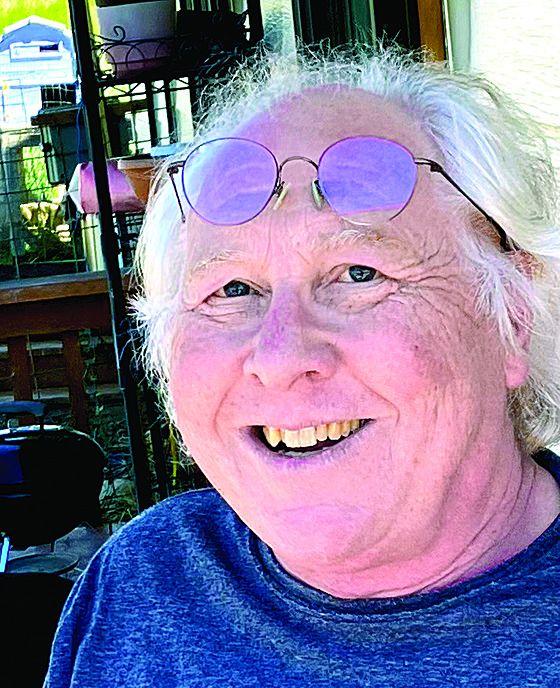Our Vanishing Night Skies
 | Author:
Jeff Ross
Contributor |
Our Vanishing Night Skies Jeff Ross The January 20, 2023 issue of Science, a weekly publication from the American Association for the Advancement of Science, shocked the world with an article stating that light pollution across the globe has increased by 10% per year from 2011 on.
A summary article is here: https://mt43news.com/00A The primary article is here: https://mt43news.com/00B
Briefly, the study analyzed data from the GlobeAtNight project (https://mt43news.com/00C), a Citizen Science project where folks like you and me went out on certain nights every month and reported through a web app what stars they could see in a specific constellation like Orion. The study reviewed over 51,000 of these citizen reports primarily from North America and Europe and cross-referenced them against satellite-generated maps from the same time.
The results showed how much "skyglow" has increased over the years. To see skyglow in Broadwater County, just step outside at night and look northwest toward Helena. The light dome you'll see has gotten much worse since I moved here in 2013. Under dark skies, you'd also be able to see skyglow from Bozeman to the southeast, Butte to the southwest, and Great Falls to the northeast.
This increase far exceeds what satellite data suggests because the vast increase in night illumination in the last decade has been from LEDs and their intense blue-shifted light. The satellites used to track light pollution do not see this blue. Additionally, they are not very good a capturing horizontally projected light like you'd see on a massive LED billboard or lighting a building facade.
Communities around the world have begun implementing laws to alleviate light pollution and devices like horizontal cutoff hoods for outdoor lights can at least prevent light from beaming straight up to the benefit of no one. This study shows how ineffective these measures have been.
Life on Earth evolved with sunlight during the day and moonlight and starlight at night. Artificially lighting up the night has proven disastrous effects on everything from night-migrating birds to our own sleep patterns.
We still have access to pristine night skies in most rural parts of Montana and areas with no visible lights at all are just a short drive away. Between the increase in artificial light and the proposed mega-constellations of low earth orbit satellites, we are in real danger of losing forever the wonder and grandeur of the Milky Way sprawled across the night sky that we can all enjoy just by stepping out into the night.
With clear, and dark, skies, of course.